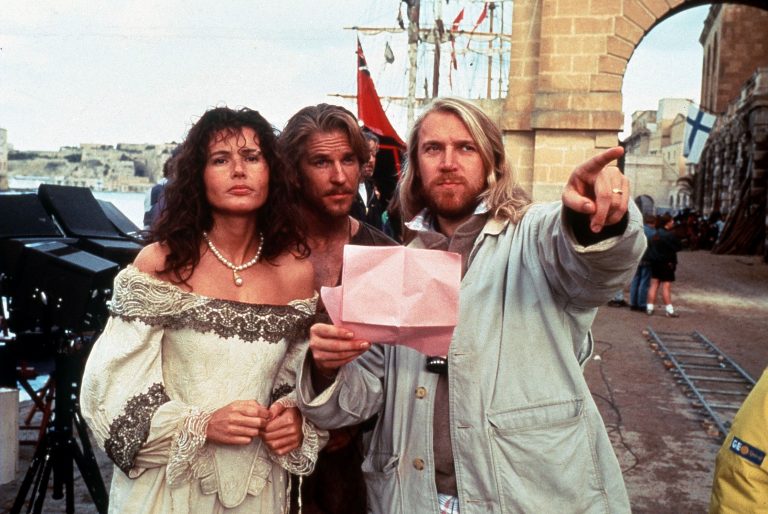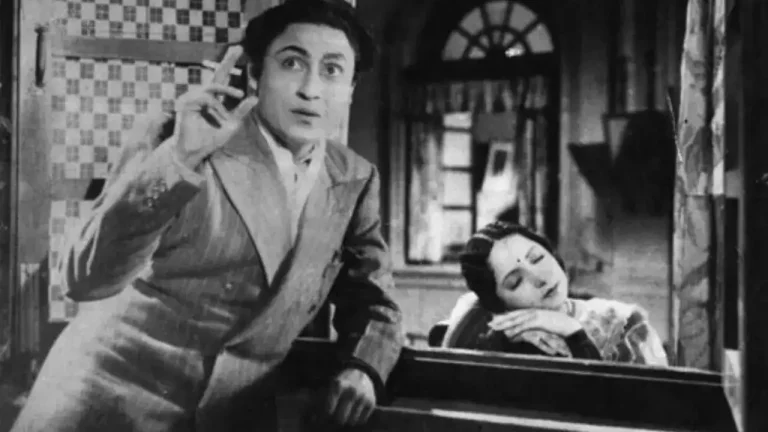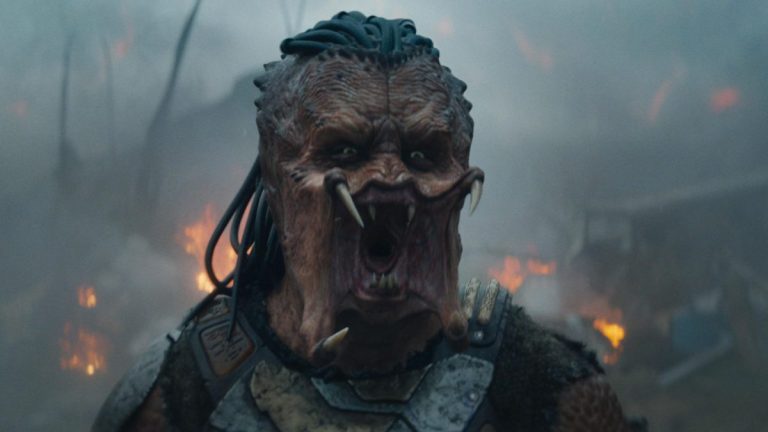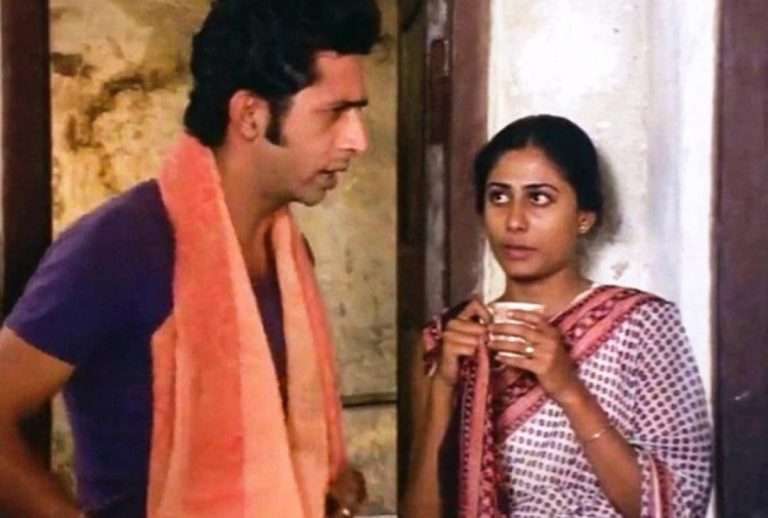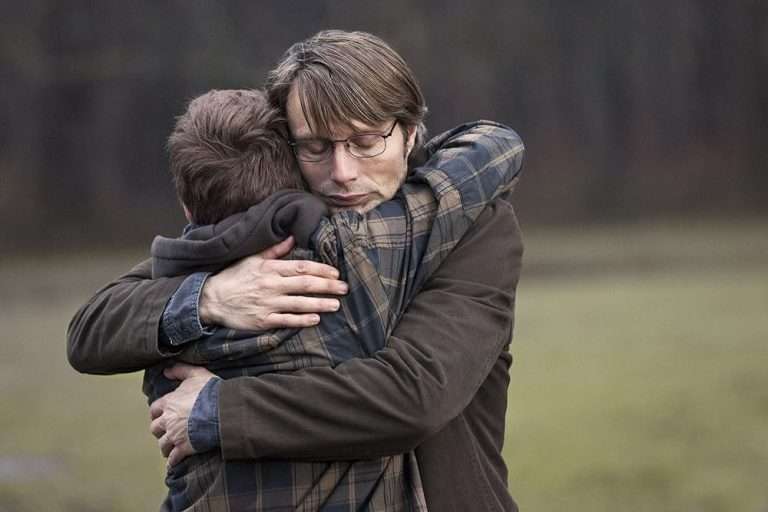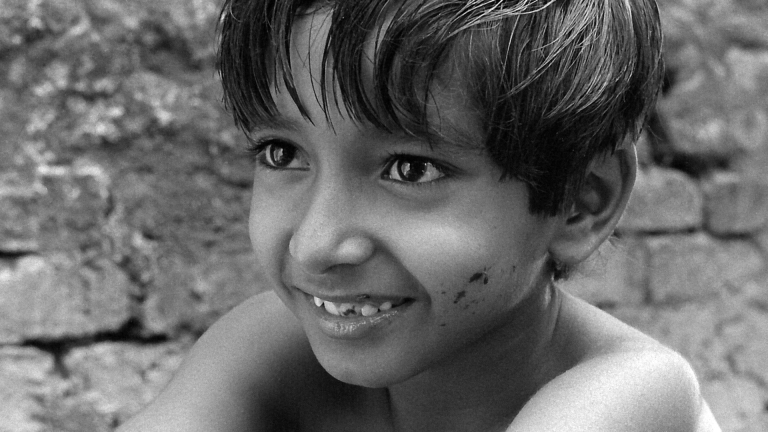“God’s Own Country” (2017) is a powerful multicultural film set in Britain, and it was Francis Lee’s directorial debut. It focuses on Johnny (Josh O’Connor), an estranged young farmer who wanders from relationship to relationship. The entire first half is an intimate story about his own failing mental health. The only strong relations he has are with the animals. Francis Lee depicts Johnny shoving a suppository up into a cow. He has a deep emotional connection to the cow. However, a few minutes later, a man with whom he had a casual hookup tries to go out with him for drinks. Johnny refuses—after all, he has the animals to come back to. He takes out everything on the animals, but he does nothing with the humans around him.
This film is not about coming out, or about a boy coming to terms with his own sexuality. It is about the struggle that comes thereafter. Unlike other similar LGBT films, this is about issues that are far more real and near in rural gay communities—people dealing with feelings of abandonment, disengagement, and disillusionment, and without access to the help to come to terms with those feelings. It is exactly those feelings that lead to casual hookups, unsafe sex, binge drinking at night, and a generally low quality of life.
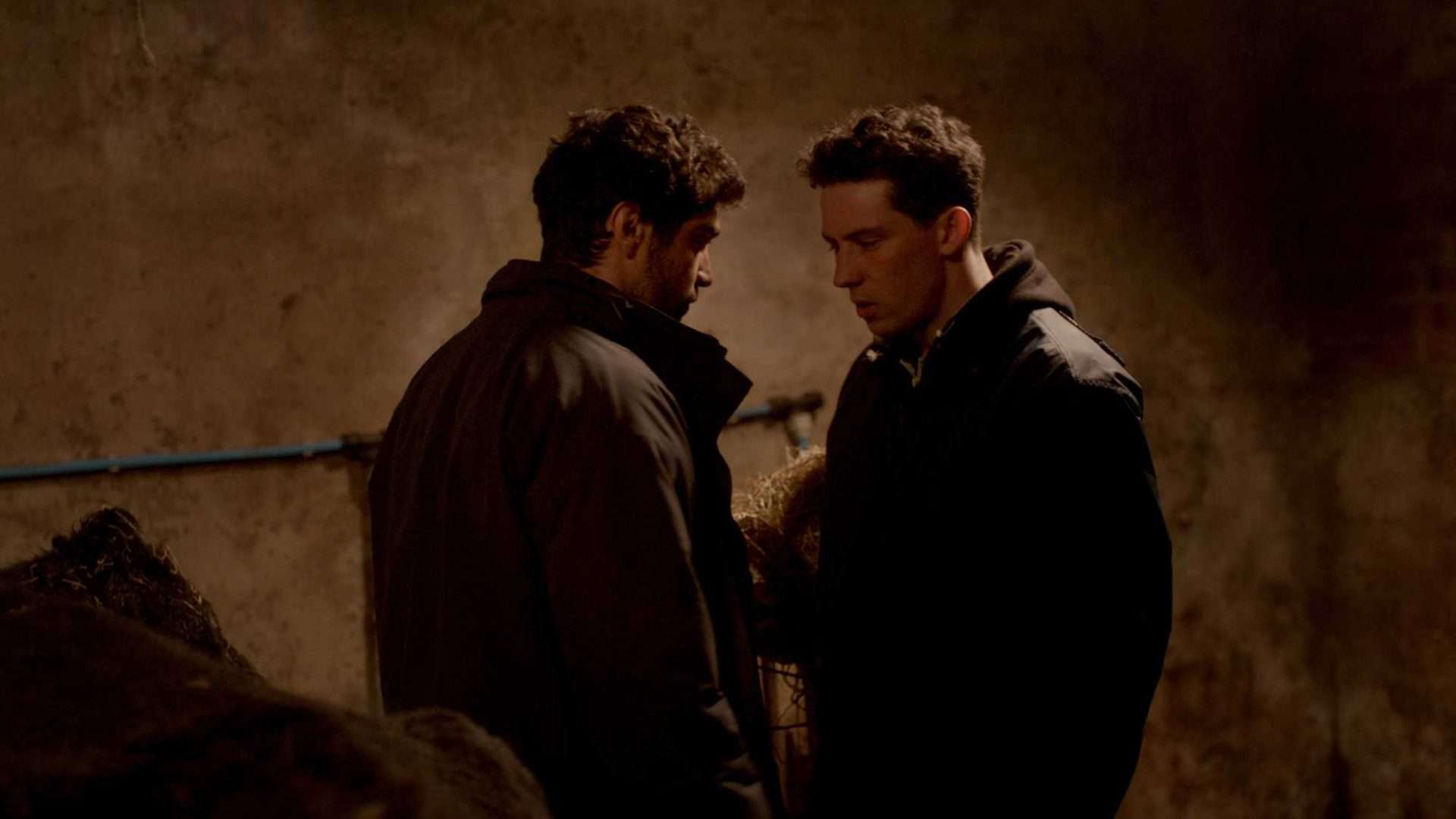
This is also a film about the intersection of class and sexuality. Once again, this is a little-trodden topic in film. Johnny soon meets a Romanian migrant worker, Gheorghe (played by Alec Secăreanu), who is as poor and possessionless as Johnny. Gheorghe is hired to help on the farm. But unlike Johnny, Gheorghe has some answers. Visiting a new country gave him some new perspectives on life. In the beginning, Gheorghe just watches as Johnny’s relationship with his family, including his father, who is recovering from a stroke, deteriorates. He also watches as his drinking habits worsen. Gheorghe may seem worse off than Johnny, living in a tiny canvas caravan with a small barred window facing the light. But looking out that window, Gheorghe (and not Johnny) decides to take action.
The beautiful cinematography captures the existential dread that Gheorghe and Johnny feel. In scenes where they are alone with the sheep against wooded mountains or walking beside burning grass, one can imagine them in a world seemingly not meant for humans, surrounded by farm-like sensations and smells that are both unsettling and repulsive. One can interpret them in two ways: either, one can look at the beauty of life, or one can mellow in the darkness. Gheorghe chooses to look at the beauty. This is all summed up when Gheorghe says “It’s beautiful here, but lonely, no?” Yes, they are lonely, but that will soon change. But when Gheorghe resuscitates a runt back to life, Johnny does not seem to understand the beauty. “Suit yourself,” he scoffs.
Johnny is thinking for the rest of the film. When he sees the care with which Gheorghe bottle feeds the baby lambs, he is impressed. In the beginning, Gheorghe is depicted as quite rough, especially as Johnny frequently insults him by calling him a gypsy. Eventually, after some fighting, their cultural differences are mostly resolved, and they enter into a passionate relationship. This film, even more than a film about mental health, is a love story at heart. And it is a tender love story. The image of Gheorghe using a dead sheep’s pelt to warm a living animal is perhaps one of the best scenes in the entire film. Johnny watches on, proud and moved.
One may be inclined to think that Gheorghe teaches Johnny about how to better his mental well-being, and about the meaning of love and kind-heartedness, but truly, they both learn together. Francis Lee repeatedly uses the motif of nature—the smoke of the bonfire, the sun, and the open fields of grass represent something both of them share, a desire for something beyond their life. And for Johnny, beyond a life of drinking. They both want to find meaning in a lonely world.
Just as the film’s premise revolves around a problem, its conclusion is a solution: stable relationships and plenty of self-care. Of course, Johnny and Gheorghe’s relationship ebbs and flows. The humans are no different from the sheep on the farm. Between ennui, sometimes grueling work, and the rare leisure time, they have social diseases, hardships, and occasional moments of healing. Those moments of healing are celebrated. Somehow, the director has elevated the human condition, and glorified dignity and love, by comparing his characters to animals.
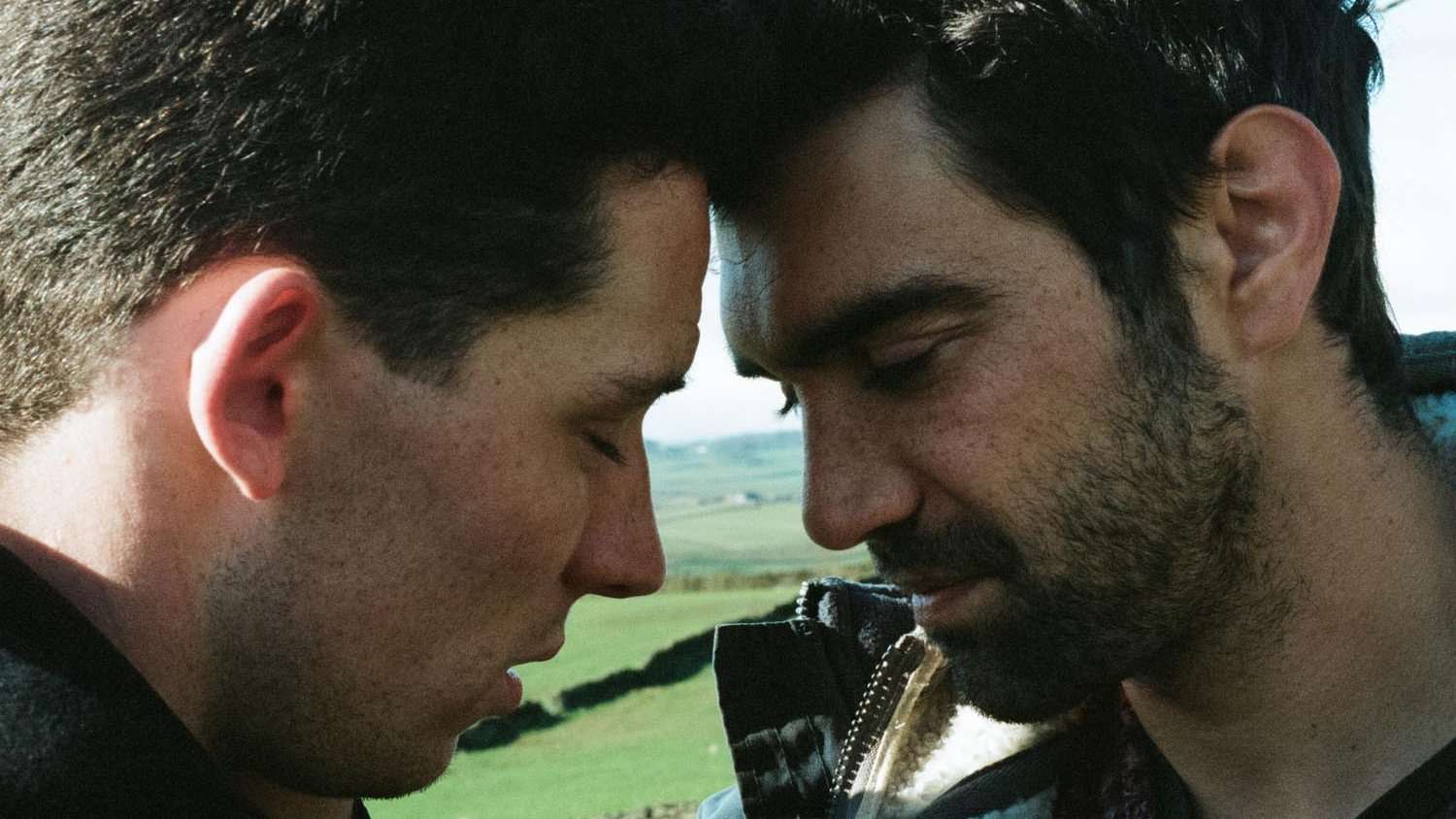
Something notable Francis Lee does in “God’s Own Country” is the almost complete lack of music. Perhaps he wants us to focus on the characters’ inner conflicts against the beautiful scenery. This also draws attention to the rigid class hierarchy. The wealthy are depicted as having all kinds of distractions, but in this rural town, the citizens are unassuming. They do not aspire to be like the wealthy—that is a misconception. But they do desire good health and new experiences. The film does not depict these as luxuries, only available to the ruling elite—instead, it imagines a world where the people use communal labor to be self-sufficient and self-reliant.
Today, “God’s Own Country,” seven years after its release, is more profound than ever. As the conversations move from mere liberation and acceptance to discussions about the quality of life of LGBT people, this film provides a rich viewpoint from rural Britain. This film is full of perspectives on sexuality, cultural contact, and class structure. To characterize this film as a “Yorkshire Brokeback” is not totally accurate, as it tells a deeply personal and unique story full of authentic issues and solutions, which is clearly based on Francis Lee’s own life.

